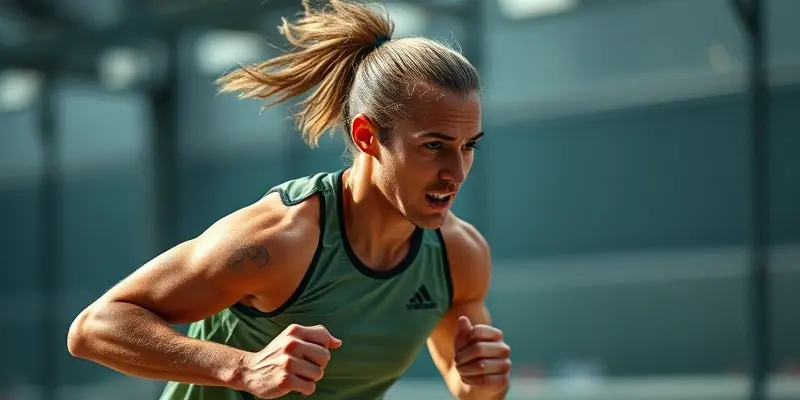Reducing Downtime from Sports Injuries: Practical Strategies and Tools
Injuries are part and parcel of an active lifestyle, but they don’t have to sideline you for long. Whether you’re a professional athlete or someone who just loves a good gym session, understanding the most common types of sports injuries and how to prevent and recover from them is crucial.
Common Sports Injuries and Prevention Strategies
Let’s dive into some of the most frequent injuries athletes face, beginning with ACL tears. These are notably common in sports that demand rapid stops and changes of direction, particularly affecting female athletes. Implementing a prevention program with exercises like jump squats, lateral hops, and agility training can drastically reduce your risk.
Dynamic stretching and sport-specific power exercises can also shield you from knee, back, and shoulder problems. Prevention not only protects your body but also offers a high return on investment for athletes and healthcare systems alike.
Personalized Rehabilitation for Rapid Recovery
Recovery isn’t a one-size-fits-all approach. A personalized rehabilitation plan—tailored to your injury type, its severity, and your personal goals—is essential for effective healing. Start with flexibility and strength exercises before progressing to more complex movements focused on proprioception and specific sports actions.
Incorporating these steps ensures a safer, quicker return to your favored activities.
Nutrition: Fueling Fast Healing
The right nutrition can work wonders on your recovery journey. Focus on adequate protein intake, anti-inflammatory foods, and micronutrients essential for tissue repair. Lean meats, fish, leafy greens, berries, and healthy fats should be staple items in your diet to support muscle repair and boost the immune response. Boosting your recovery through vitamins like vitamin C can also provide essential support for both immunity and tissue repair during this process.
Innovative Recovery Tools
Recovery technology has advanced, offering tools that speed up healing. Elite athletes like Lindsey Vonn rely on cryotherapy and neuromuscular devices to enhance recovery. Modalities such as compression gear, electrical stimulation, and targeted massage can further assist by improving circulation and minimizing pain and swelling.
Mental Resilience: Key to Staying Motivated
Finally, injury recovery isn’t just physical—it’s mental as well. Methods like counseling, mindfulness, and goal-setting keep athletes motivated during prolonged recovery periods. Take inspiration from NFL quarterback Alex Smith, who triumphed over a near-amputation with a comprehensive mental rehab plan, or Olympic skier Lindsey Vonn, who applied innovative physical and psychological techniques for her comeback.
Real-life Success Stories to Inspire
Every success story shares common threads of determination and expert guidance. Alex Morgan used targeted therapy and nutrition to bounce back from an ACL tear, while everyday athletes like Zach and Rachel triumphed over serious injuries through consistent rehabilitation.
Maintaining a balanced regimen of prevention, personalized recovery, and mental resilience not only aids in swift recovery but also sets a strong foundation for long-term performance sustainability. So, whether you’re recovering from an injury or aiming to prevent one, remember: a comprehensive plan is your best ally.
Stay strong, stay active, and keep moving towards your goals!
